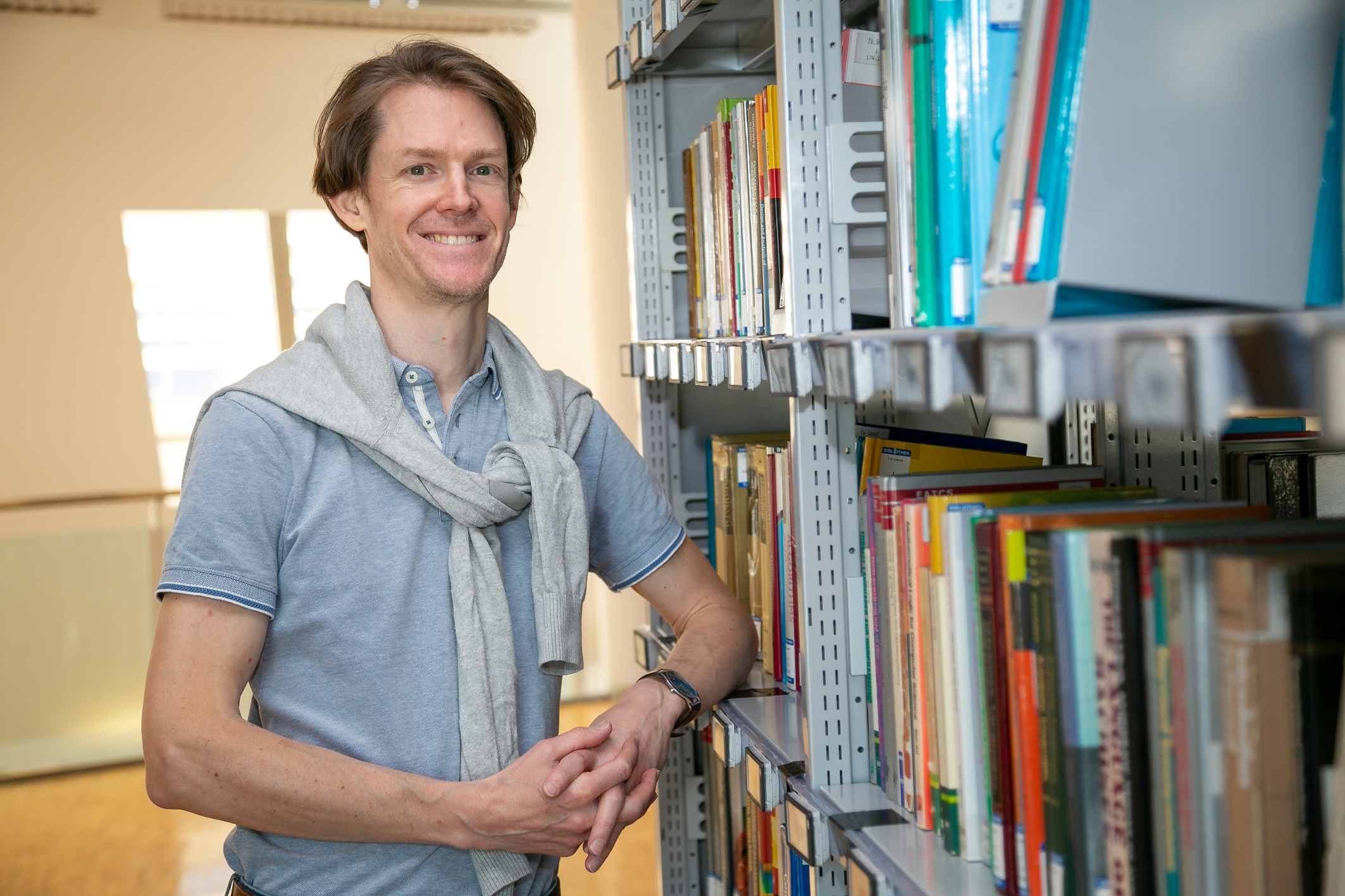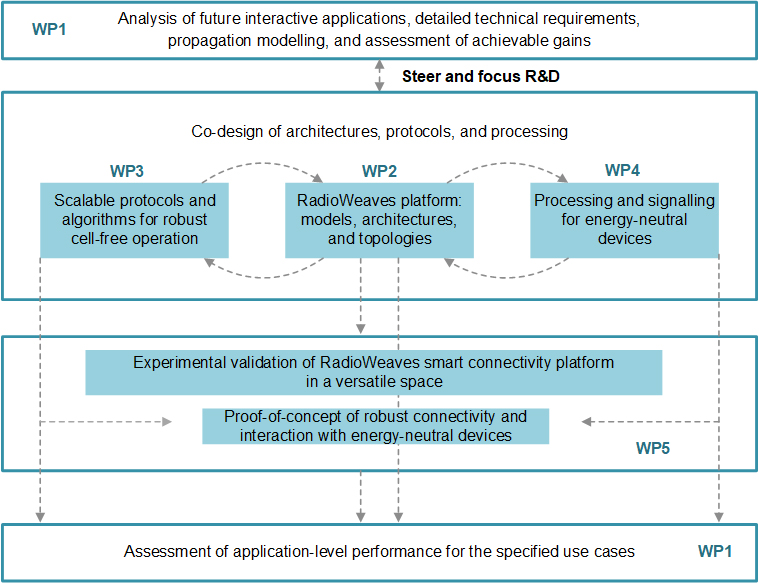6G technology: Domestic Trio Working on Tomorrow's Mobile Communications

In Europe, all eyes are currently on the 5G roll-out – yet a European consortium consisting of leading companies and research institutions in the field of mobile communications and communications engineering is working on the technical feasibility of 6G. Austrian companies Technikon Forschungs- und Planungsgesellschaft mbH (as coordinator) and NXP Semiconductors Austria as well as the Institute of Signal Processing and Speech Communication at Graz University of Technology (TU Graz) are substantially involved. "The world is becoming more and more interconnected. More and more data has to be transmitted, received and processed by a growing number of wireless devices – data throughput is consistently on the rise. In the Horizon2020 project REINDEER, we are devoting ourselves to these developments and investigating a concept with which data transmission in real time can be scaled practically to infinity," says TU Graz researcher Klaus Witrisal, an expert in wireless communication technology.
Antennas as wall tile or wallpaper
How is this supposed to work? Witrisal explains the approach: "We want to develop what we call RadioWeaves technology – a kind of antenna fabric that can be installed in any location of any size –for example, in the form of wall tiles or wallpaper. So entire wall surfaces can act as antenna radiators."
With previous radio standards such as UMTS, LTE and currently 5G, signals are transmitted via base stations – i.e. antenna infrastructures that are permanently located at a specific position. The denser the network of fixed infrastructure, the higher the throughput (i.e. the amount of data that can be transmitted and processed in a given time window). However, the base stations are a bottleneck. The more wireless devices there are connected to a base station, the more unstable and slower the data transmission. With RadioWeaves technology, that bottleneck would disappear "because instead of a single access point, we can hook in as many access points as we want," says Witrisal.
Real-time inventory and grandiose stadium experience
Witrisal says that the technology is not needed for the private home. But for industrial and public facilities, it holds opportunities that go far beyond 5G networks. "If 80,000 people in a sports stadium, all equipped with virtual reality goggles, want to watch the decisive goal simultaneously from the perspective of the goal scorer, this will be possible in the future with a RadioWeaves antenna fabric." The radio waves would also provide wireless power to the VR goggles. In industrial halls, the technology could provide unprecedented coverage. It would be feasible to locate thousands of objects in real time.
In general, Witrisal sees great opportunities for radio-based positioning technology – a research focus of his working group at TU Graz. The researchers believe that the RadioWeaves technology can be used to locate goods with an accuracy of ten centimetres. "This allows three-dimensional models of goods flows to be realized: for production and logistics through to augmented reality on the sales floor."
The research project started in January 2021. By 2024, the consortium aims to develop a first hardware demonstrator to experimentally validate the RadioWeaves technology. Witrisal: "6G won't officially be ready until the end of this decade – but when it is, we want to make sure that high-speed wireless access is where we need it, when we need it."
The project REINDEER (REsilient INteractive applications through hyper Diversity in Energy Efficient RadioWeaves technology) is funded by the EU Horizon2020 programme with a total of 4.6 million euros. 600,000 euros of this amount will go to TU Graz, where the project is located in the Field of Expertise Information, Communication & Computing, one of the University's five main research areas.
Kontakt
Klaus WITRISAL
Assoc.Prof. Dipl.-Ing. Dr.
TU Graz | Institute of Signal Processing and Speech Communication
Tel.: +43 316 873 4431
witrisal@tugraz.at





